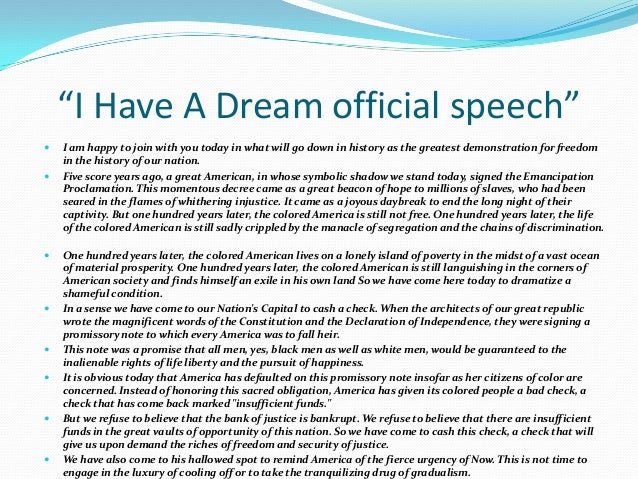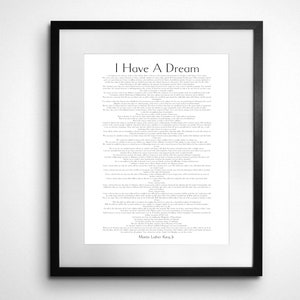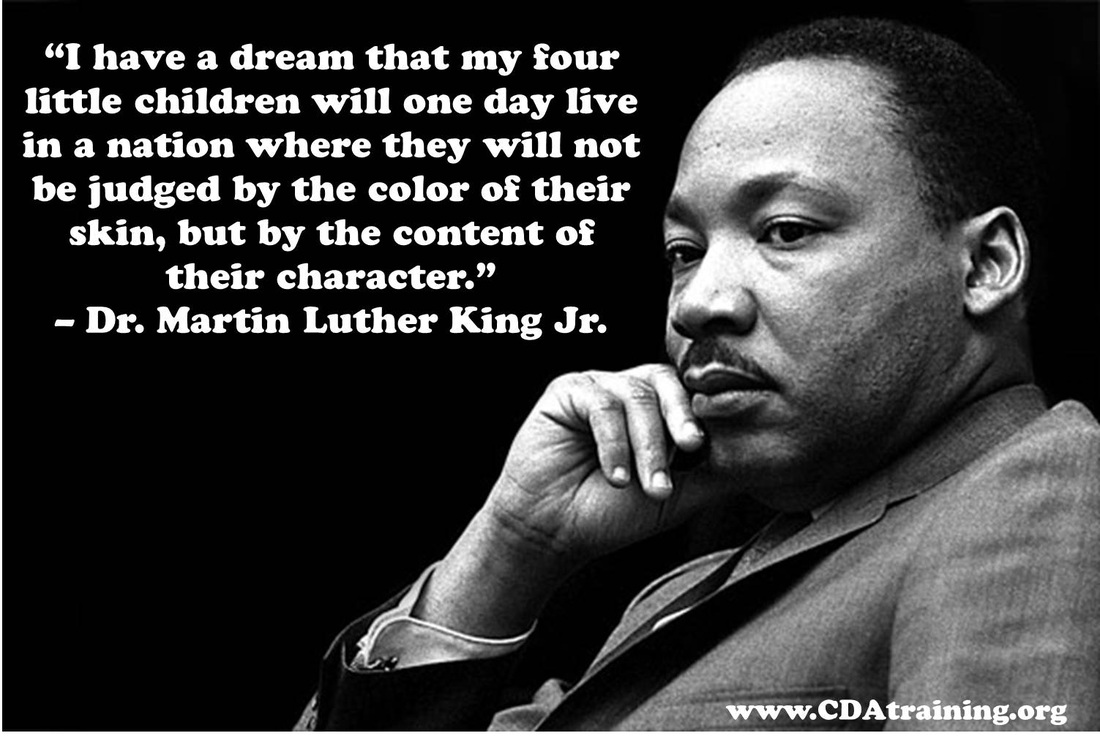

The group included Randolph, leader of the Brotherhood of Sleeping Car Porters Wilkins, Executive Secretary of the NAACP Dr. Leaders of the six prominent civil rights groups at the time joined forces in organizing the march. The Big SixĪ quarter-million people strong, the march drew activists from far and wide. NAACP, headed by Roy Wilkins, was called upon to be one of the leaders of the march.Īs one of the largest and most influential civil rights groups at the time, our organization harnessed the collective power of its members, organizing a march that was focused on the advancement of civil rights and the actualization of Dr. King all decided it would be best to combine the two causes into one mega-march, the March for Jobs and Freedom. Randolph, his chief aide, Bayard Rustin, and Dr. King and his Southern Christian Leadership Conference (SCLC) were also planning to march on Washington, this time to march for freedom.Īs the years passed on, the Civil Rights Act was still stalled in Congress, and equality for Americans of color still seemed like a far-fetched dream.

NAACP and SCLC Center the March on Civil Rightsīy the late 1950s, Dr. The FEPC dissolved just five years later, causing Randolph to revive his plans. The march was stalled, however, after negotiations between Roosevelt and Randolph prompted the establishment of the Fair Employment Practice Committee (FEPC) and an executive order banning discrimination in defense industries. Phillip Randolph first conceptualized a "march for jobs" in protest of the racial discrimination against African Americans from jobs created by WWII and the New Deal programs created by President Franklin D. You can read the full speech and watch a short film, below. King's celebrated speech, "I Have a Dream," was carried live by television stations across the country. Stemming from a rapidly growing tide of grassroots support and outrage over the nation's racial inequities, the rally drew over 260,000 people from across the nation.Ĭelebrated as one of the greatest - if not the greatest - speech of the 20th century, Dr. Phillip Randolph and Roy Wilkins, Executive Secretary of the NAACP, the March on Washington evolved into a collaborative effort amongst major civil rights groups and icons of the day.

Originally conceived by renowned labor leader A. delivered the exalted "I Have a Dream" speech.

More than 3,000 members of the press covered this historic march, where Rev. On August 28, 1963, more than a quarter million people participated in the historic March on Washington for Jobs and Freedom, gathering near the Lincoln Memorial. The 1963 March on Washington A Quarter Million People and a Dream


 0 kommentar(er)
0 kommentar(er)
